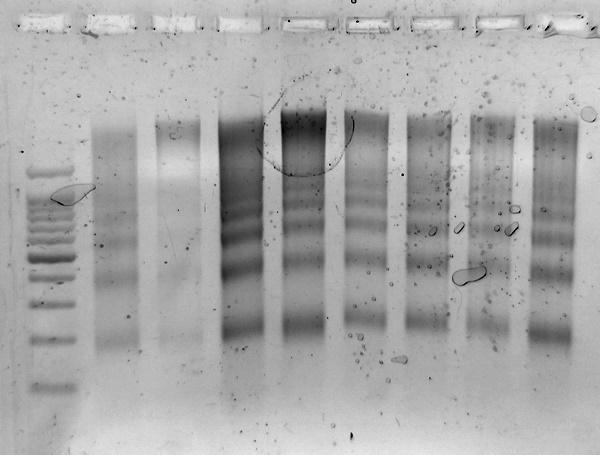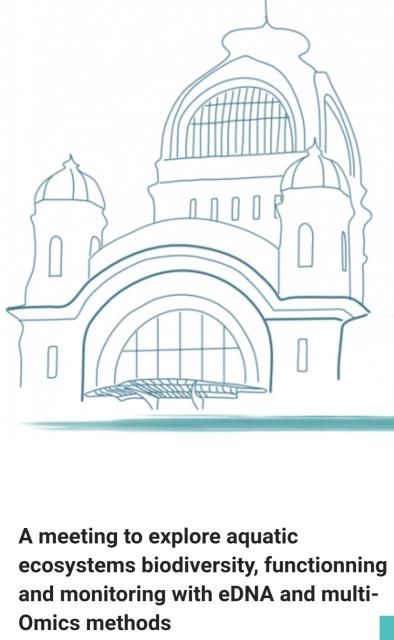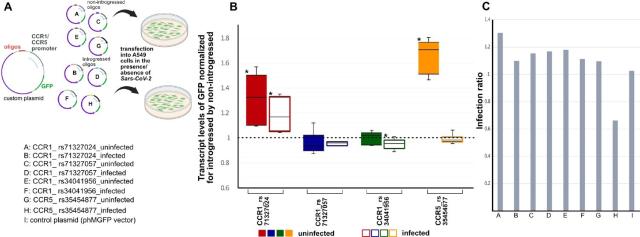Search
Items tagged with: dna
A nice set of utilities for #DNA manipulation, Sanger sequencing or bam analysis:
I like the Wily DNA editor. It reminds me of the sequence manipulation suite (still available - bioinformatics.org/sms2/).
I'm extracting DNA from the legs of spiders which were euthanized by freezing in a household freezer. In almost every spider, the DNA shows a banding pattern associated with apoptosis. Why would there be so much programed cell death in the legs of spiders? Had it already happened naturally? Was it induced during the freezing process? I do not see this happening in other organisms using the same extraction procedure.
Each lane is DNA extracted from a different spider.
DNA from prehistoric and modern-day people suggests that humans interbred with Neanderthals 47,000 years ago for a period lasting 6,800 years, Live Science reports:
livescience.com/archaeology/ne…
#DNA #Anthropology #Prehistoric #Neanderthals
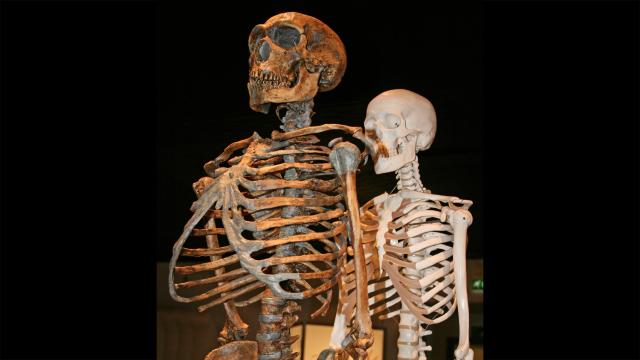
Neanderthals and humans interbred 47,000 years ago for nearly 7,000 years, research suggests
DNA from prehistoric and modern-day people suggests that humans interbred with Neanderthals 47,000 years ago for a period lasting 6,800 years.Charles Q. Choi (Live Science)
Metabarcoding, metagenomics and other omics methods revolutionize the study and monitoring of aquatic ecosystems. Come and join the 350 scientists and managers who will be discussing the use and development of these methods.
aquaecomics.symposium.inrae.fr…
#metabarcoding #metagenomics #fish #algae #protist #DNA #bioinformatic #pipeline #omics #MolecularEcology
Bacterial histones unveiled
nature.com/articles/s41564-023…
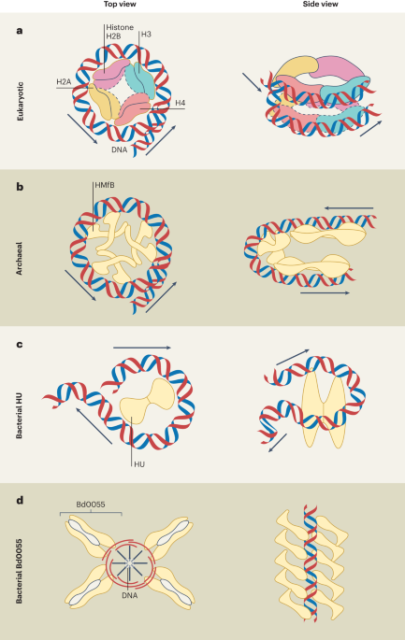
Bacterial histones unveiled - Nature Microbiology
Computational, molecular and structural analyses reveal the presence of bacterial histones that bind DNA to form dense, DNA-enveloping fibres in Bdellovibrio bacteriovorus.Nature
#CRISPR #DNA #RNA #Microbiology #sflorg
sflorg.com/2023/10/mcb10142302…
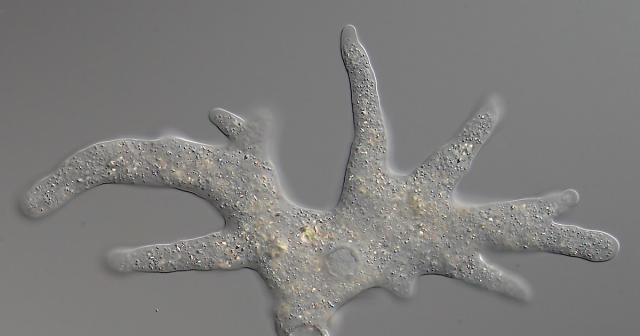
Thousands of programmable DNA-cutters found in algae, snails, and other organisms
New research finds RNA-guided enzymes called Fanzors are widespread among eukaryotic organisms.www.sflorg.com
onlinelibrary.wiley.com/share/…
Important article that sets the record straight on Rosalind Franklin's role in the discovery of DNA as a double helix -- with significant new findings.
#WomenInScience #DNA #DoubleHelix #HistoryofScience #RosalindFranklin
nature.com/articles/d41586-023…

What Rosalind Franklin truly contributed to the discovery of DNA’s structure
Franklin was no victim in how the DNA double helix was solved. An overlooked letter and an unpublished news article, both written in 1953, reveal that she was an equal player.Comfort, Nathaniel
How do scientists do disease surveillance and study biodiversity through the lens of genomics? Citizen scientist Blacki Migliozzi joined a group of jungle field researchers to find out.
Through anecdotes and stunning photography he will walk us through what it's like to work with big cats, primates, birds, bats, frogs, snakes and many other kinds of organisms. He'll also provide first-hand observations of the habitat loss endangering these ecosystems as well as the dangers scientists put themselves in when doing this important work.
We're located in Suite 319, you may have to call/text the lab phone (7086371289) to enter.
Biotech Without Borders is a member-led, 501(c)(3) nonprofit, community biolab founded in 2017 to serve the New York City community. See our website for more details!
peerj.com/articles/15016
#Fisheries #Barcoding #DNA #oceanography #science #IABO #USFCMS @PeerJ
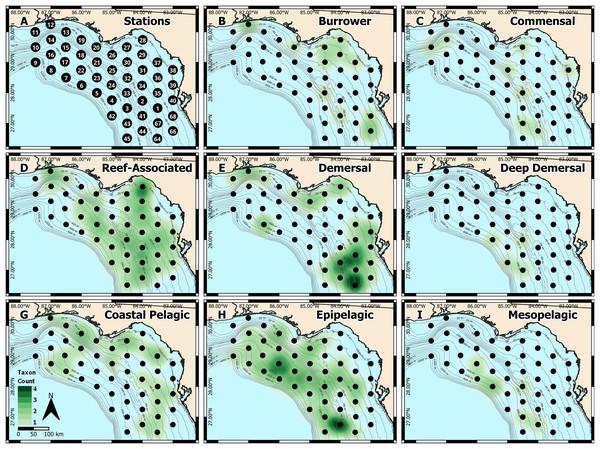
Evaluation of DNA metabarcoding for identifying fish eggs: a case study on the West Florida Shelf
A critical factor in fisheries management is the protection of spawning sites for ecologically and economically important fish species. DNA barcoding (i.e.PeerJ
It turns out that a section of our #DNA that we received from Neanderthals is particularly associated with outcomes (mild, severe) of #COVID19 infections.
This paper outlines an approach ranging from population genetics to functional #genomics in which the researchers identified four important #alleles and their likely #regulatory function.
Title: "Regulatory dissection of the severe #COVID-19 risk locus introgressed by #Neanderthals" (Jagoda et al. 2023)
Link: elifesciences.org/articles/712…
Regulatory dissection of the severe COVID-19 risk locus introgressed by Neanderthals
Key functional variants, discovered using Massively Parallel Reporter Assay (MPRA) and reporter assays in the context of SARS-CoV-2 infection, support the importance of two critical chemokine receptor genes CCR1 and CCR5 in severe Covid-19 illness.Evelyn Jagoda (eLife Sciences Publications, Ltd)

